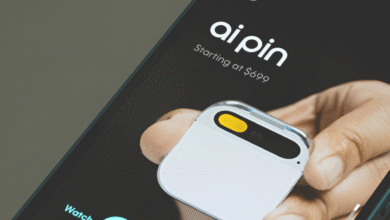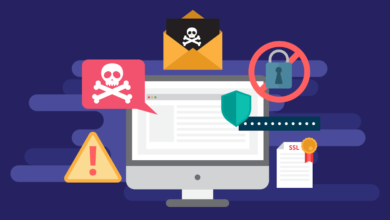The Facts About Single Sign-On (SSO)

Have you ever “logged in with Google” or “logged in with Facebook” to access an account that is neither of those two? If so, you have used single sign-on (SSO) and probably chose that option because it saved you from having to create and remember another password for another account. That’s precisely the whole point of SSO – it’s a remedy for password fatigue.
Related: Trusted Internet: Why Secure Digital Identities Are Fundamental to Web 3.0
The History of SSO
According to Forbes, SSO was invented in the late 1980s as an Identity and Access Management (IAM) system to help businesses and government agencies consolidate all login credentials. session of your employees in a single infrastructure. The workforce was beginning to digitize, and employers quickly saw a problem when their workers started keeping track of their multiple passwords in post-in notes around their desks.
SSO greatly simplified the process. Not only did it provide the convenience of a single authentication that unlocked multiple apps, but the reverse was also true: it was a one-stop-shop for revoking all privileges of a leaving employee. This was especially useful for large companies where workers used dozens of apps.
Today, people are juggling more passwords than ever, and SSO options have become ubiquitous. Users like to choose SSO because it is less of a headache, and websites like to offer SSO because it reduces user friction, the degree of effort a user must put into accessing a site or application.
The convenience of SSO is obvious, but how secure is it? Some are concerned that SSO is vulnerable because while it is very convenient, it also includes all your secrets online. If a bad actor gets your SSO credentials, your entire digital life opens up to him. Additionally, privacy advocates point out that using Google or Facebook to log into a third-party site gives those internet giants more of your metadata and fingerprint.
Related: How to Detect and Remove a Virus on an Android Phone
FIDO’s role in SSO
Join the FIDO Alliance, an open industry association of more than 200 businesses and government agencies with a mission to “solve the global password problem.” The group’s website claims that passwords are the main cause of more than 80% of data breaches. Your solution? Get rid of passwords.
FIDO developed an SSO that uses passwordless authentication. Instead of a typed credential, it relies on biometric data such as your fingerprint, your face, or your voice. It also offers second-factor authentication in the form of a security key that connects to your device or computer. These methods mitigate many hacking tricks such as credential stuffing, dictionary attacks, keystroke logging, and more. FIDO realized that the best way to authenticate a person is to use the real person instead of an alphanumeric code that anyone could enter.
As we move forward, this technology will only get more sophisticated. As we give hackers fewer opportunities to spoof our identities, we gain more control over our digital lives. For now, if you still use passwords, make sure you don’t reuse any across multiple accounts. And if you use SSO, protect that all-important authentication with two-step or multi-step verification.











2 Comments